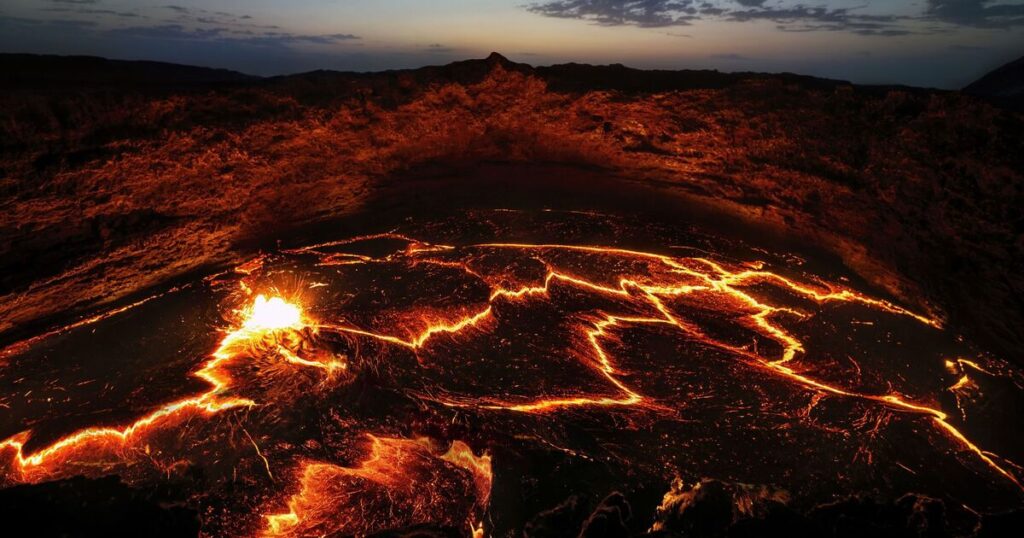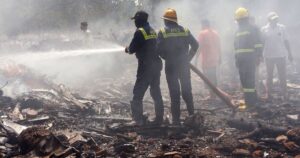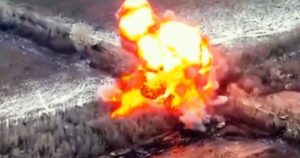Africa on track to rip in two after ‘pulses’ detected, scientists say | World | News

Scientists have warned that an entire continent could tear itself apart, literally. A massive crack is emerging in the Earth’s second-largest continent, from the north east to the south. Eventually, all of Africa could split apart.
East Africa may soon have its own coastline, separated from the rest of the continent. A new study has uncovered evidence of rhythmic surges of molten rock rising from deep within the planet’s surface, beneath Ethiopia – where human life is believed to have started. These below-the-Earth pulses are gradually tearing the continent apart and forming a new body of water, according to researchers from Swansea University.
“The split will eventually go all the way down Africa,” lead author Dr Emma Watts told MailOnline. “It has already begun and is happening now but at a slow rate – 5-16 mm per year – in the north of the rift. Regarding timescales, this process of Africa being torn apart will take several million years before it is completed.”
Dr Watts and colleagues say the Gulf of Aden, a relatively narrow body of water between Africa and Yemen in the Middle East, could see a gradual separation event. If it does, it could split enormous bodies of water in East Africa, such as Lake Malawi and Lake Turkana. By the time the tear is complete, as many as five to 10 million years from now, Africa may become two distinct landmasses.
“The smaller part that breaks away towards the east will be approximately one million square miles in area and the remaining larger landmass will be just over 10 million square miles,” Dr Watts told MailOnline.
“We found that the mantle beneath Afar is not uniform or stationary – it pulses,” said Dr Watts. “These ascending pulses of partially molten mantle are channelled by the rifting plates above.”
“We have found that the evolution of deep mantle upwellings is intimately tied to the motion of the plates above,” said co-author Dr Derek Keir, associate professor in earth science at the University of Southampton and the University of Florence. “This has profound implications for how we interpret surface volcanism, earthquake activity, and the process of continental breakup.”


